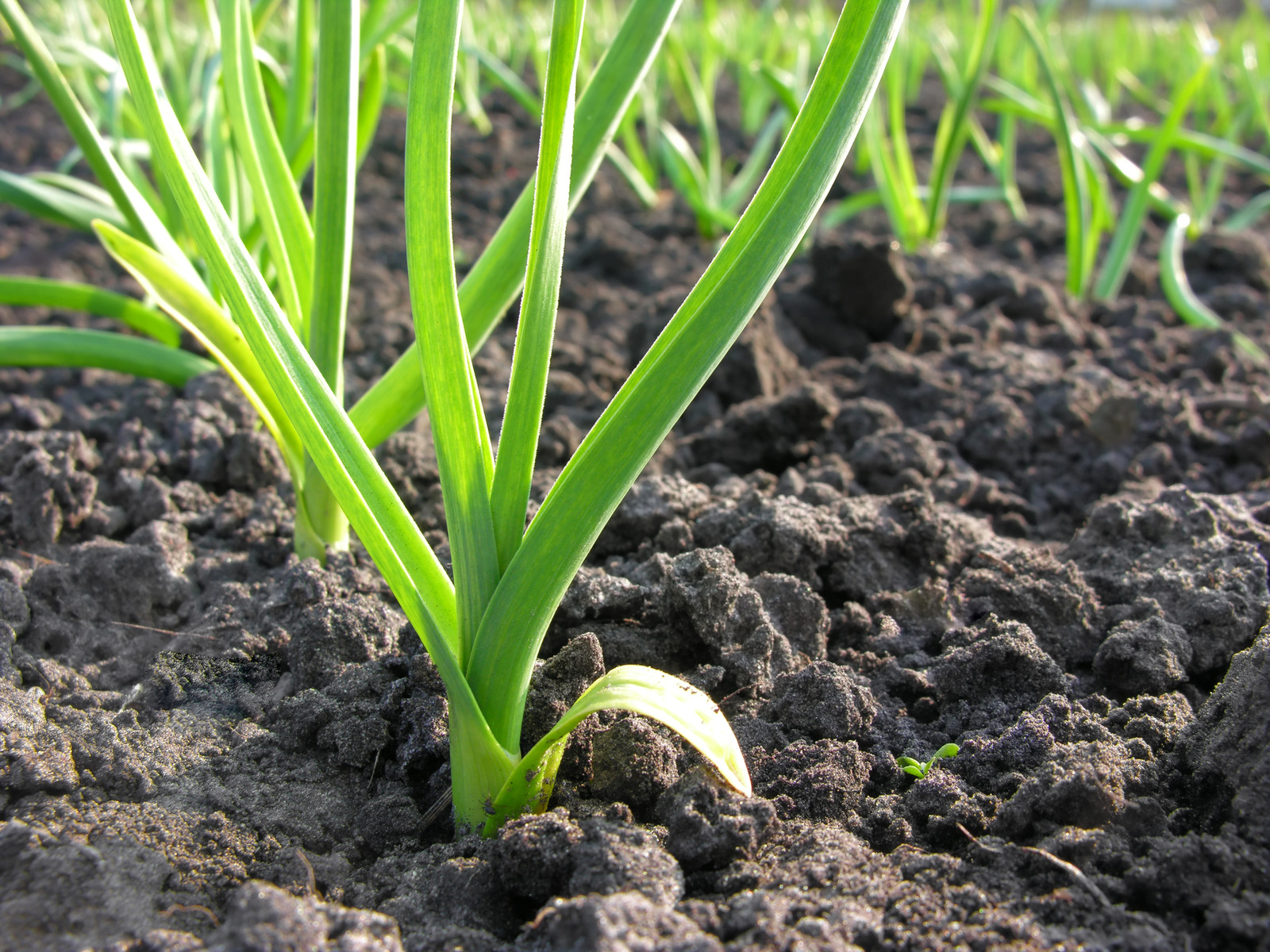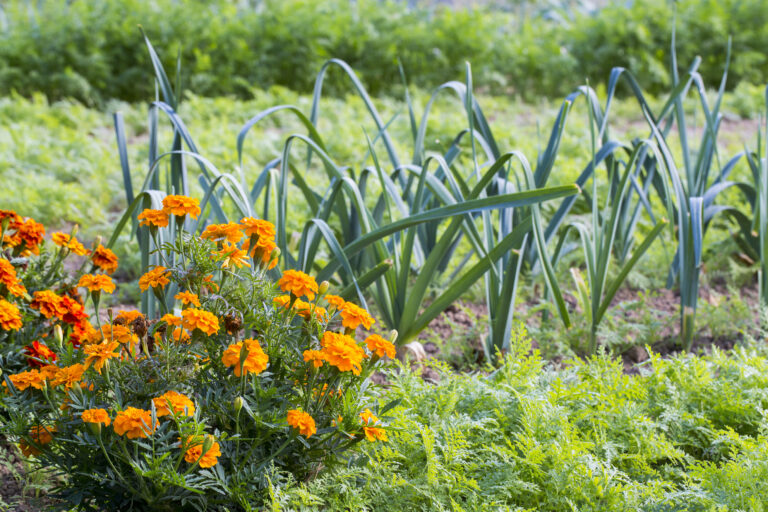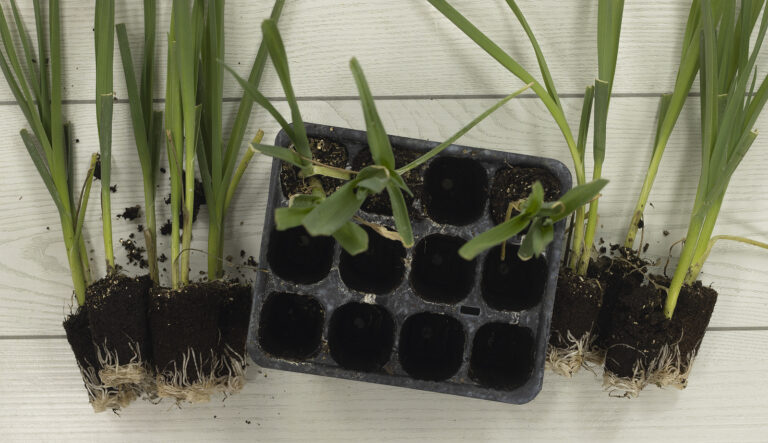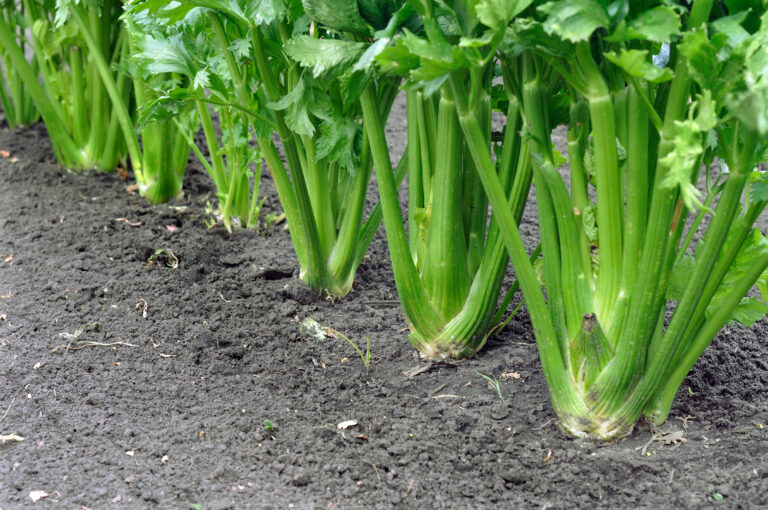Fertilizing Leeks: Feeding Tips for Bigger, Sweeter Stalks
Proper fertilization is key to producing long, tender, and flavorful leeks. Over my decades of gardening, I’ve learned that consistent feeding and soil management significantly improve both size and taste. With the right nutrients at the right time, your leeks can reach their full potential. Here’s a detailed guide on how to fertilize leeks effectively.
1. Start With Fertile Soil
- Work compost or aged manure into the soil before planting.
- This provides essential nutrients for early growth and supports root development.
2. Nitrogen is Key
- Leeks respond strongly to nitrogen, which promotes healthy stalks.
- Use a balanced fertilizer with a higher nitrogen ratio or side-dress with blood meal or composted manure.
3. Feeding Schedule
- Every 3–4 weeks: Apply liquid fertilizer, compost tea, or granular nitrogen fertilizer.
- Side-dress around the base without covering the crown to avoid burning the plant.
4. Potassium and Phosphorus
- Important for root development and overall plant health.
- Bone meal or rock phosphate can be applied at planting or mid-season to support strong roots.
5. Mulching
- Mulch retains moisture and slowly adds nutrients as organic material decomposes.
- Straw or shredded leaves work best.
6. Monitoring Plant Health
- Yellowing leaves may indicate nitrogen deficiency; supplement with additional fertilizer.
- Avoid over-fertilizing, which can produce leafy growth at the expense of tender stalks.
7. Special Tips for Container Leeks
- Fertilize more frequently than in-ground leeks due to faster nutrient depletion.
- Liquid fertilizer every 2–3 weeks keeps container leeks growing steadily.
Final Thoughts
Consistent and balanced fertilization results in bigger, sweeter, and more tender leek stalks. By combining compost, nitrogen-rich feeding, and proper monitoring, your leeks will thrive from planting to harvest.
Leek Fertilization Schedule
| Growth Stage | Fertilizer Type | Frequency / Notes |
|---|---|---|
| Before Planting | Compost or aged manure | Work into soil to provide baseline nutrients |
| Early Growth (Seedlings) | Balanced granular fertilizer (N-P-K) | Side-dress lightly around base every 3–4 weeks |
| Mid-Season Growth | Nitrogen-rich amendments (blood meal, composted manure) | Apply every 3–4 weeks to encourage strong stalk growth |
| Root & Overall Health | Bone meal or rock phosphate | Apply at planting or mid-season for strong root development |
| Container Leeks | Liquid fertilizer (balanced or nitrogen-heavy) | Feed every 2–3 weeks due to faster nutrient depletion |
| Monitoring Deficiency | Additional nitrogen if yellowing leaves appear | Avoid over-fertilizing to prevent excessive leafy growth |
✅ Gardener’s Tip: Combine organic compost, nitrogen feeding, and regular monitoring for tender, flavorful leeks all season long.
Leeks Growing Hub
Start here: The Ultimate Leeks Growing Guide: From Seed to Harvest
Leek Basics & Varieties
- Short-Season vs. Long-Season Leeks: Key Differences and How to Grow Each
- Best Leek Varieties to Grow in Your Garden
- Leeks vs. Green Onions vs. Garlic Scapes: What’s the Difference?
Planting & Site Prep
- Leeks Seed Starting Tips
- When to Plant Leeks by USDA Zone
- Planting and Spacing Leeks for Healthy Growth
- The Best Companion Plants for Leeks and What to Avoid
Unique Growing Methods
- Hilling Leeks: How to Grow Long, White Stems
- Growing Leeks in Tubes: A Step-by-Step Method
- How to Grow Leeks in Containers or Pots
Care & Maintenance
- How to Water Leeks for Steady Growth
- Fertilizing Leeks: Feeding Tips for Bigger, Sweeter Stalks
- Leek Care Throughout the Growing Season
- How to Extend the Leek Harvest Into Winter
Pests & Diseases
Harvest & Beyond




